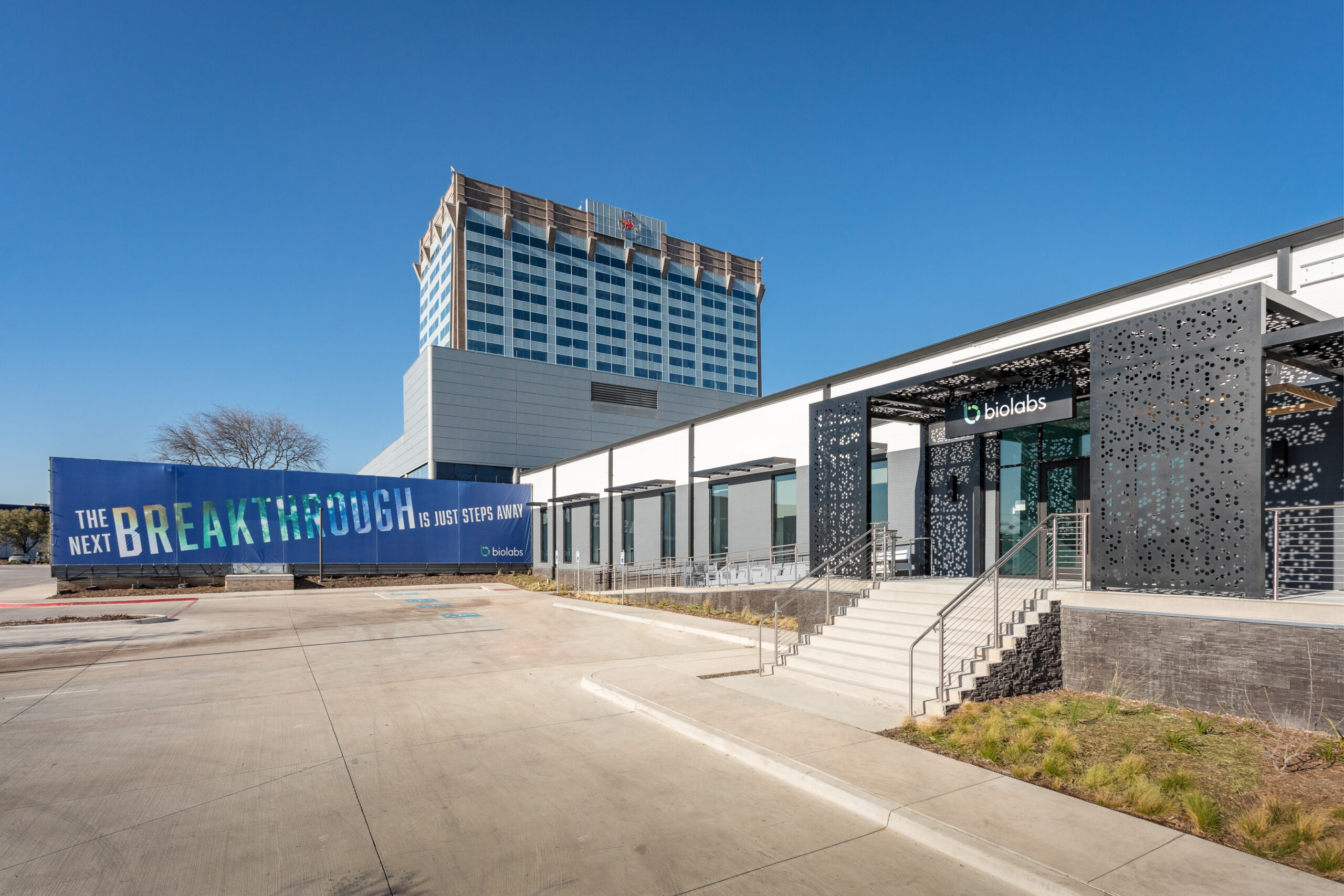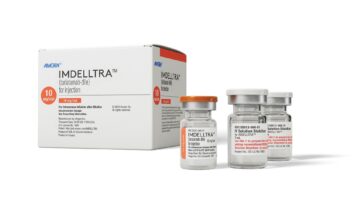An Investigational Device Exemption (IDE) approval is necessary before conducting FDA sanctioned medical device clinical trials. Companies often (around 200 times per year) utilize an informal pre-IDE process as a pre-cursor to the IDE application for the purpose of gaining insight from their FDA review team and presenting their product and testing or clinical plan. But, what seems like a no-brainer is not right for all projects, and a company needs to know to drop the informal interaction when it no longer serves its purpose.
Clinical study protocols can be complicated, with many nuances that may not be obvious in a written document. An opportunity to meet face-to-face and explain your device and protocol to the FDA review team, who has responsibility for approving your clinical study, makes obvious sense. The FDA “officially” encourages sponsor companies to contact the agency to obtain further guidance prior to IDE submissions to speed the regulatory process and minimize delays in the development of useful devices intended for human use.
According to the FDA, however, the Office of Device Evaluation (ODE) has received complaints from the device industry indicating that the pre-IDE process, in some instances, was so burdensome and time consuming as to jeopardize future participation in the Program.

BioLabs Pegasus Park Cultivates Life Science Ecosystem
Gabby Everett, the site director for BioLabs Pegasus Park, offered a tour of the space and shared some examples of why early-stage life science companies should choose North Texas.
So, what can make pre-IDE’s burdensome?
1. Set-up Time. Typically a 60-day lead-time to set-up a meeting. And, that is after a pre-IDE submission package is officially received at the FDA. This compares to a 30-day duration for the full IDE submission, which is a more comprehensive review.
2. Open-ended Questions. The FDA may have a series of questions that come out of a pre-IDE interaction that do not get fully answered during the course of a 1-hour meeting. It becomes very challenging to schedule a follow-up meeting for closure on these questions. Even scheduling a conference call will typically take an additional 60-days after FDA receipt of the company’s response to questions (if the FDA agrees to meet again).
3. Lack of Commitment. The informal pre-IDE pathway was intended to provide for a dialogue and avoid bureaucratic responses since the input is non-binding. Unfortunately, this can lead to various members of the FDA team providing conflicting input and if the team changes, then the guidance can become obsolete. There are binding pre-IDE processes (Determination and Agreement) as part of the FDA Modernization Act, but these formal meetings provide little advantage over a full IDE submission.
4. Subjectivity. Pre-IDE meetings are as good as the FDA team leader (lead-reviewer). A good team leader organizes her team’s thoughts into a cogent and unified response and tries to bring closure during the meeting. Unfortunately, the good team leaders are becoming rare. The end result is often a company leaves a pre-IDE meeting with more questions than answers.
So, what if you disagree with the input received at a pre-IDE meeting. According to the FDA, “if IDE sponsors disagree with the advice provided through this process, resolution should be sought by submission of the formal IDE as it is only through this type of application that an official Agency determination is made.” There are diminishing returns when a company works too hard to gain closure during a pre-IDE. If you don’t get satisfactory answers to your questions or are getting sidetracked with FDA questions that seem divisive, move on to the full IDE submission.
Also, there are three instances where the pre-IDE process is not helpful:
1. Once an IDE application has been filed, a pre-IDE submission on specific questions is no longer fruitful.
2. If you have not formalized the basics of your testing battery or your study design, you will likely not receive meaningful comment.
3. Not useful as a “pre-review” of data.
Pre-IDE meetings are worthwhile for the most part for no other reason than to establish a rapport with the FDA review team and present the product design and protocol intricacies. But, you need to appreciate the 2-month time expenditure and the limiting returns if you go back to the well after an initial meeting. If you are being dealt bad cards by your FDA review team, it’s better to put the FDA on the 30-day IDE clock and call their hand. The end result may not be completely to your satisfaction, but you will save time and wasted resources.

With the Rise of AI, What IP Disputes in Healthcare Are Likely to Emerge?
Munck Wilson Mandala Partner Greg Howison shared his perspective on some of the legal ramifications around AI, IP, connected devices and the data they generate, in response to emailed questions.
Healing Innovation is a resource for clinician innovators. The main site - HealingInnovation.com - provides an overview of the various aspects and issues facing clinician innovators.












